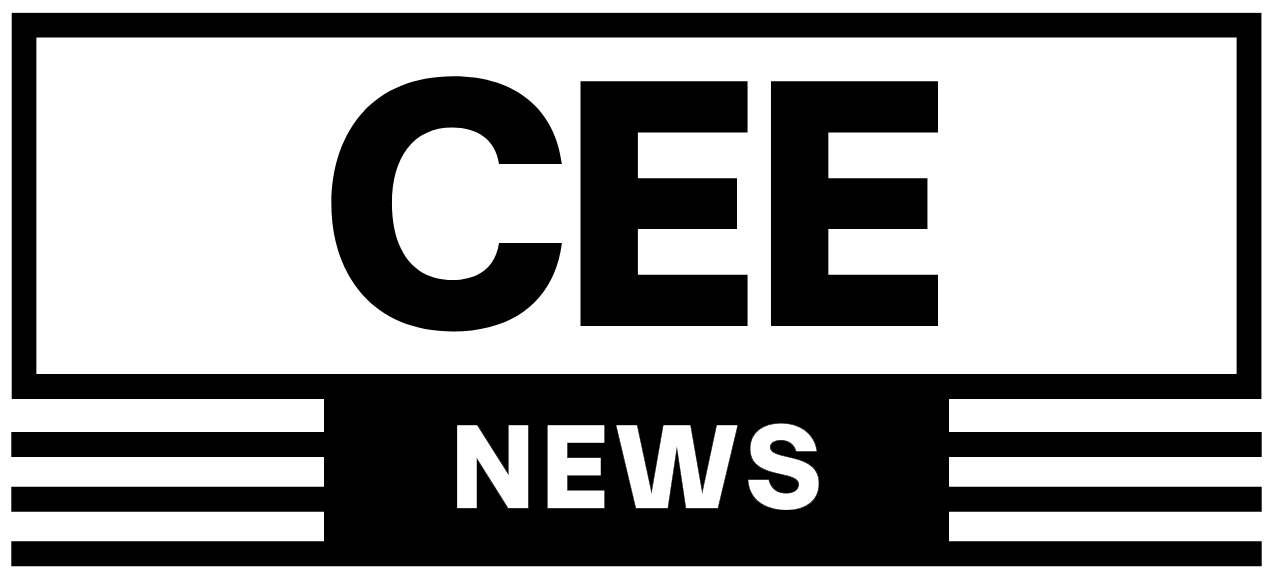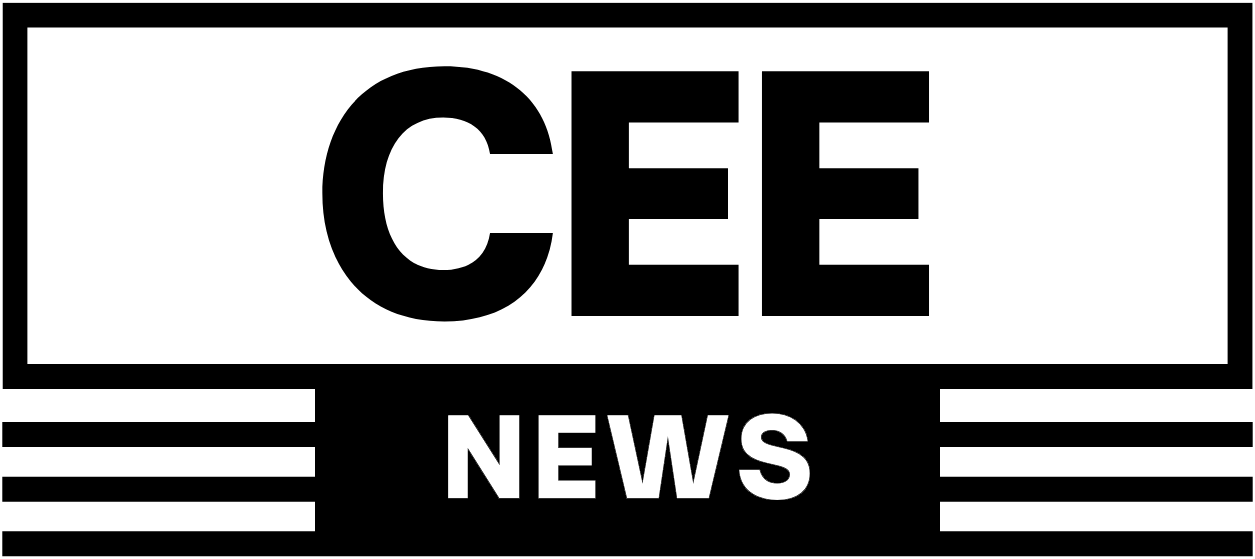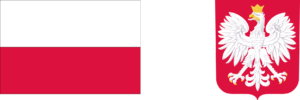Budapest saw an extraordinary political showdown on Thursday as two massive rallies — one organized by Prime Minister Viktor Orban’s ruling Fidesz party and the other by the rising opposition movement led by Peter Magyar — filled the streets during the commemoration of the 1956 anti-Soviet uprising. According to independent estimates, the opposition march attracted significantly more participants than the government’s event, marking a symbolic shift in Hungary’s political atmosphere ahead of the 2026 parliamentary elections.
The 69th anniversary of the Hungarian Revolution against communist rule brought hundreds of thousands of people into the streets of the capital. While Viktor Orban used his speech to criticize the European Union and defend his nationalist policies, Peter Magyar — leader of the newly formed opposition party TISZA — declared that his movement was preparing to take power in the April 2026 elections.
According to Andrea Szabo from the ELTE Center for Social Research, Fidesz gathered between 85,000 and 92,000 participants, while the opposition’s “National March” drew 160,000 to 170,000 people — roughly 1.7 times more. Szabo noted that these were conservative estimates but confirmed that the opposition’s turnout was clearly higher. The visual evidence from Budapest’s streets, with entire avenues filled with demonstrators, seemed to support her assessment.
Prime Minister Orban disputed the figures, posting on Facebook that “twice as many people attended the Peace March as the warlike rally of TISZA.” In response, Magyar shared an aerial photo of the opposition demonstration taken from a plane, showing a seemingly endless crowd stretching from the starting point to Heroes’ Square. “A photo we will never forget,” Magyar wrote. “The moment when Orban’s wall of lies crumbled to dust.”
The clash between the two narratives also unfolded online. According to data cited by Telex, Orban’s speech was watched by about 27,000 viewers on YouTube and 570,000 on Facebook, while Magyar’s address reached 322,000 on YouTube and an impressive 2.2 million on Facebook. Engagement metrics told a similar story: Orban’s 19 Facebook posts about the anniversary received around 609,000 reactions, while Magyar’s eight posts gathered 613,000.
The contrast between the two events — both on the streets and in the digital sphere — highlights a growing polarization in Hungarian politics. For years, Viktor Orban has dominated the national stage through control of media and state institutions. However, Peter Magyar, a former Fidesz insider turned reformist critic, has rapidly become the face of a rejuvenated opposition calling for Hungary to reorient itself toward the West and restore democratic governance.
The anniversary of the 1956 Revolution, once a unifying moment in Hungary’s national memory, has thus become a stage for a deeply divided country. This year, however, the sheer size and energy of the opposition’s gathering suggested that Orban’s political dominance may finally be facing a serious challenge.






